Anatomy of Rig – Victor Zeiser and Ben Jarret Beartooth Tour
Posted on July 2, 2024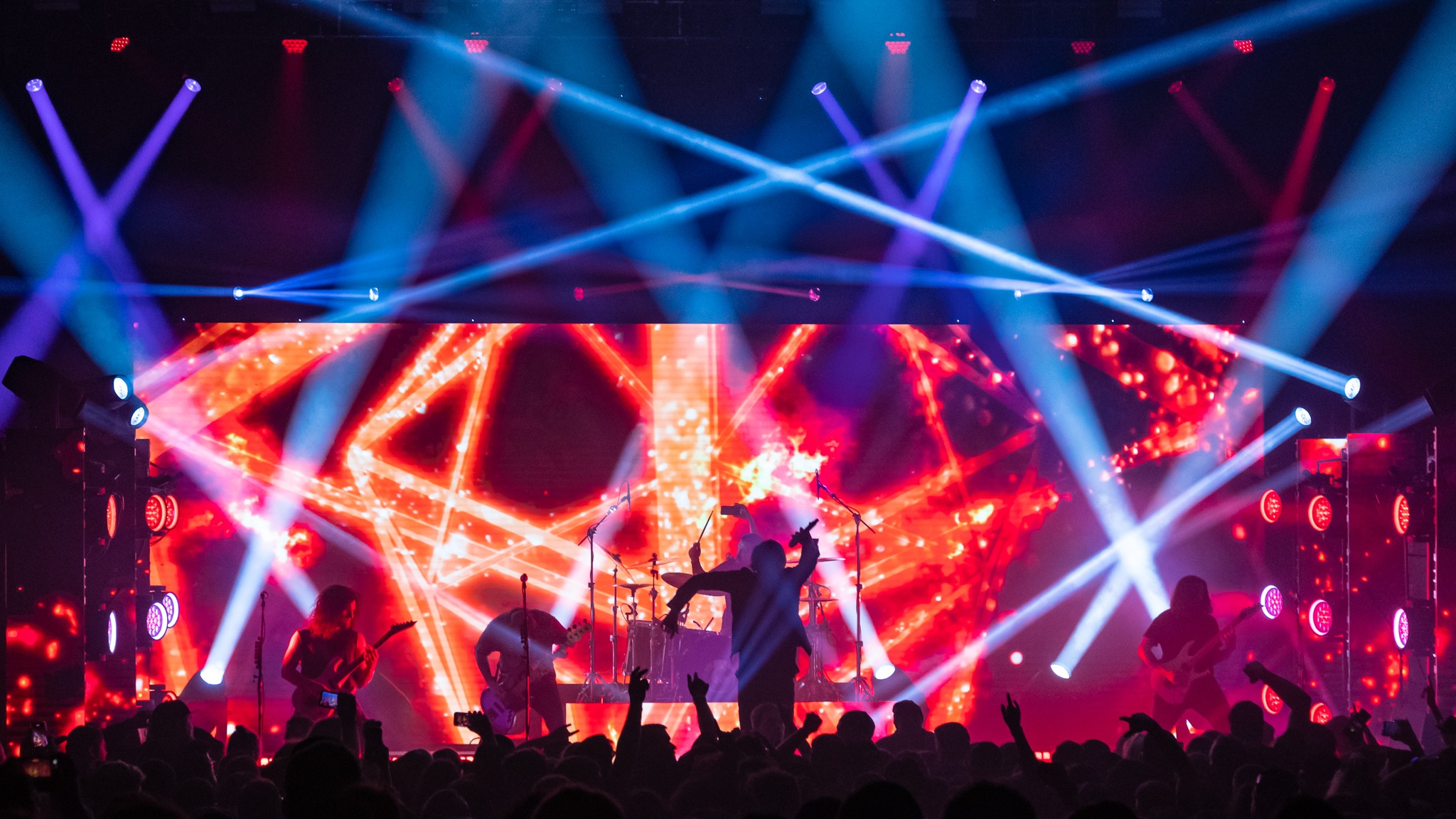
Photo: Shara Hess
Beartooth’s recently concluded 40-city North American tour included many iconic venues, from the Palladium in Times Square to the Wiltern in Los Angeles, but none of them held more than 3,000 people. Still, fans who packed houses for the band’s 75-minute performance, could have sworn they were watching an arena show.
That was just the way Caleb Shomo envisioned things when he contacted Squeek Lights owner, Victor Zeiser. The uber-talented Beartooth frontman’s creative brief was simple: create an arena-style show complete with a massive video elements, lasers, pyro and confetti with a rig that could be transported easily across the USA.
Simple? Sure, but certainly not easy. Working with LD and programmer Ben Jarret, Zeiser met Shomo’s challenge, putting together a production that immersed fans with its big, powerful and constantly flowing looks. They talked to us about how they pulled of this impressive feat.
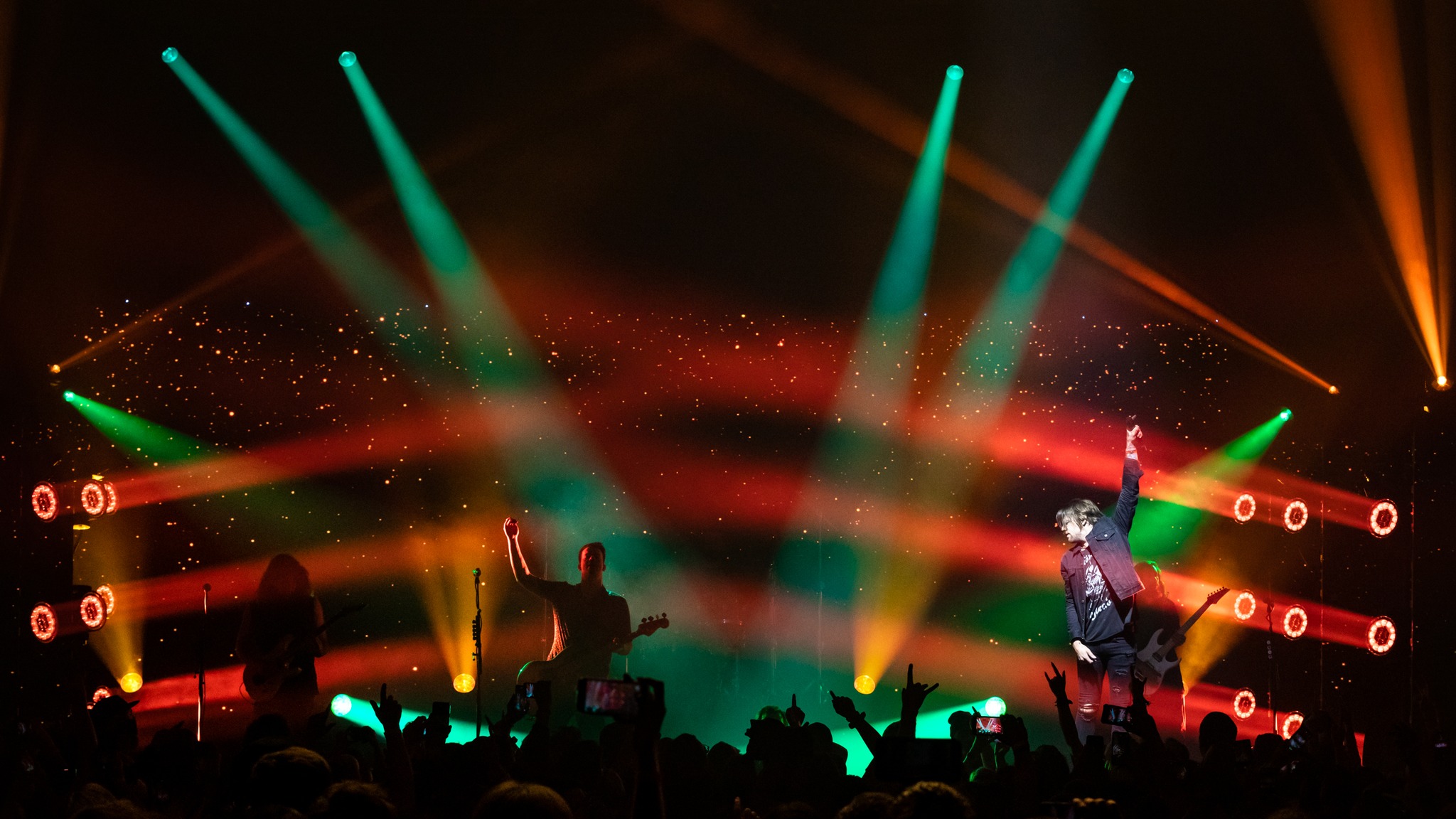
Photo: Sarah Hess
So, once you talked to Caleb Shomo and he told you he wanted an arena level production for live music venues, what were the first things you looked at to make this dream a reality?
Victor: “We’ve seen how other large arena acts fill the depth of the stage by flying large truss rigs that usually contain many repeating patterns or shapes. With this in mind we wanted to make sure the design created depth no matter the size of the stage. Since Caleb wanted a ‘clean stage,’ we had free reign to place lights and ground supported trusses to border the stage. These positions created the scalable depth we would need for the run.”
You had a lot of different kinds of gear like pyro, confetti cannons, and lasers in addition to lighting fixtures and a video wall. How did you scale this rig to fit different venues?
Ben: :Strong coffee and early morning walkthroughs of the venue each day.
But seriously, we had the stage dimensions of all the venues while we were putting together this design. Using the average width and depth of all the stages gave us a starting point for our fixture quantities. While on the road the rig could be cut down on either axis to fit by removing lights in groups of two, and removing columns – and sometimes rows, because of low ceilings of the video. As for cryo and confetti, they were tough items to make for on the down stage edge, but we always managed to find a place for them.”
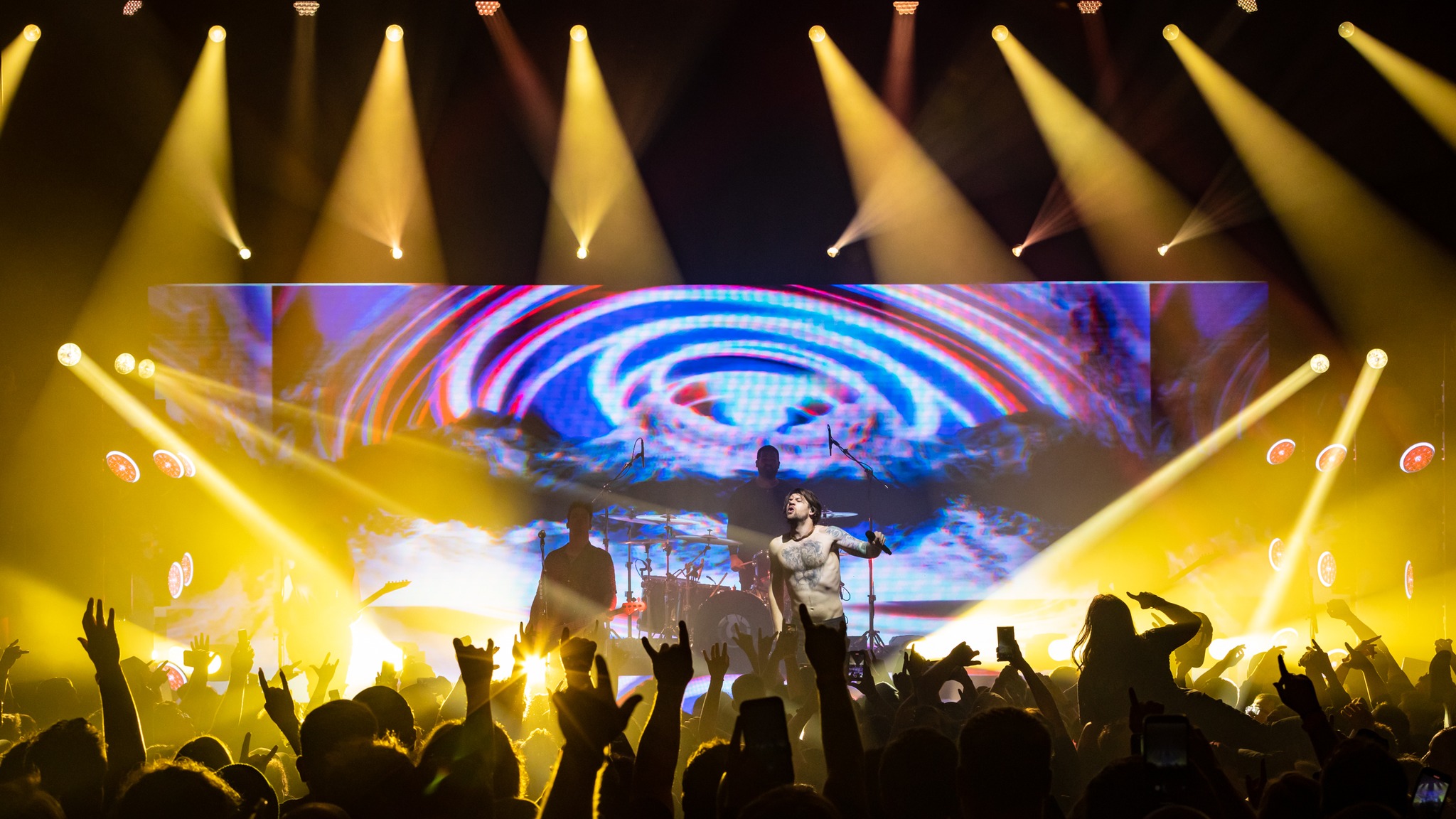
Photo: Sarah Hess
How did the chronology of this project flow? What were the first things you looked at? What were the last pieces of the puzzle to come together for you?
Victor: “First we had a design meeting with Caleb and management. This is where we discussed the general idea behind the tour, and roughed in what lighting/video/special effects would be used. Second: I spent a few days cooking up a couple variations of a plot and we presented them to Caleb and Oshie. They discussed amongst themselves and eventually settled on the design that went on tour.
“Then, once we had our marching orders, it was time for Ben to program the show, while I sourced the follow spots and cameras. Ben had most of the show programmed before Christmas 2023, and the side light towers prepped. After the Christmas break, prep on the rest of the rig commenced. After that, we shipped the prepped rig to the Andrew J Brady Performing arts center in Cincinnati for rehearsal. It was there that finally the entire package, with all the bells and whistles was set up. And it looked fantastic.
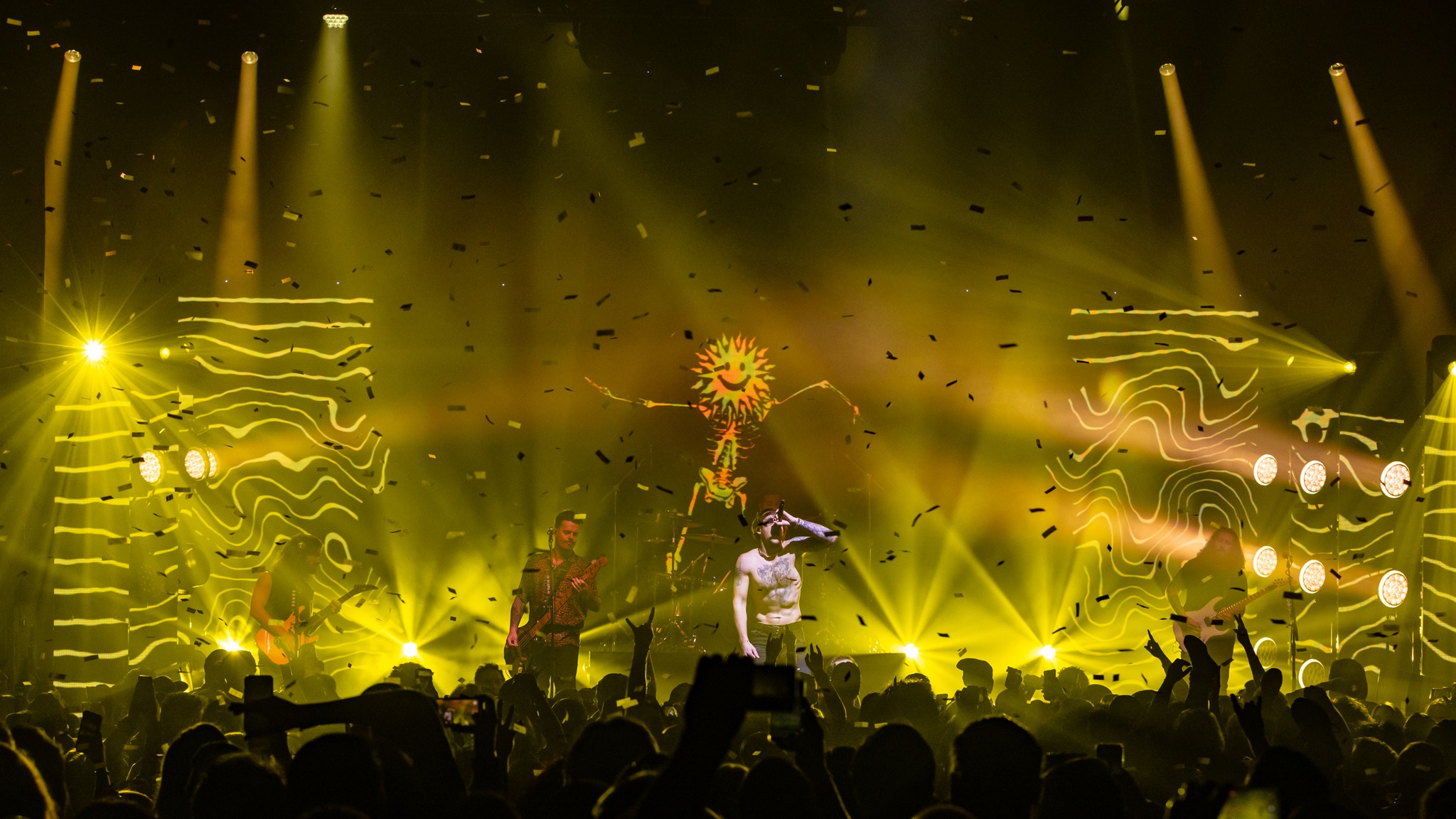
Photo: Sarah Hess
What were the biggest challenges with this project? How did you meet them?
Ben: “I wish I could say that my challenge was some big ground breaking new piece of gear I had to work with, but in reality, it was simply getting a PTZ camera to perform reliably every night. I met this challenge by doing a lot of googling and educating myself on the various protocols and signal cables for video.”
How long did it take you to put this design together?
Victor: “There really weren’t too many rounds of revision. After a few weeks of tweaks, the band approved the design.”
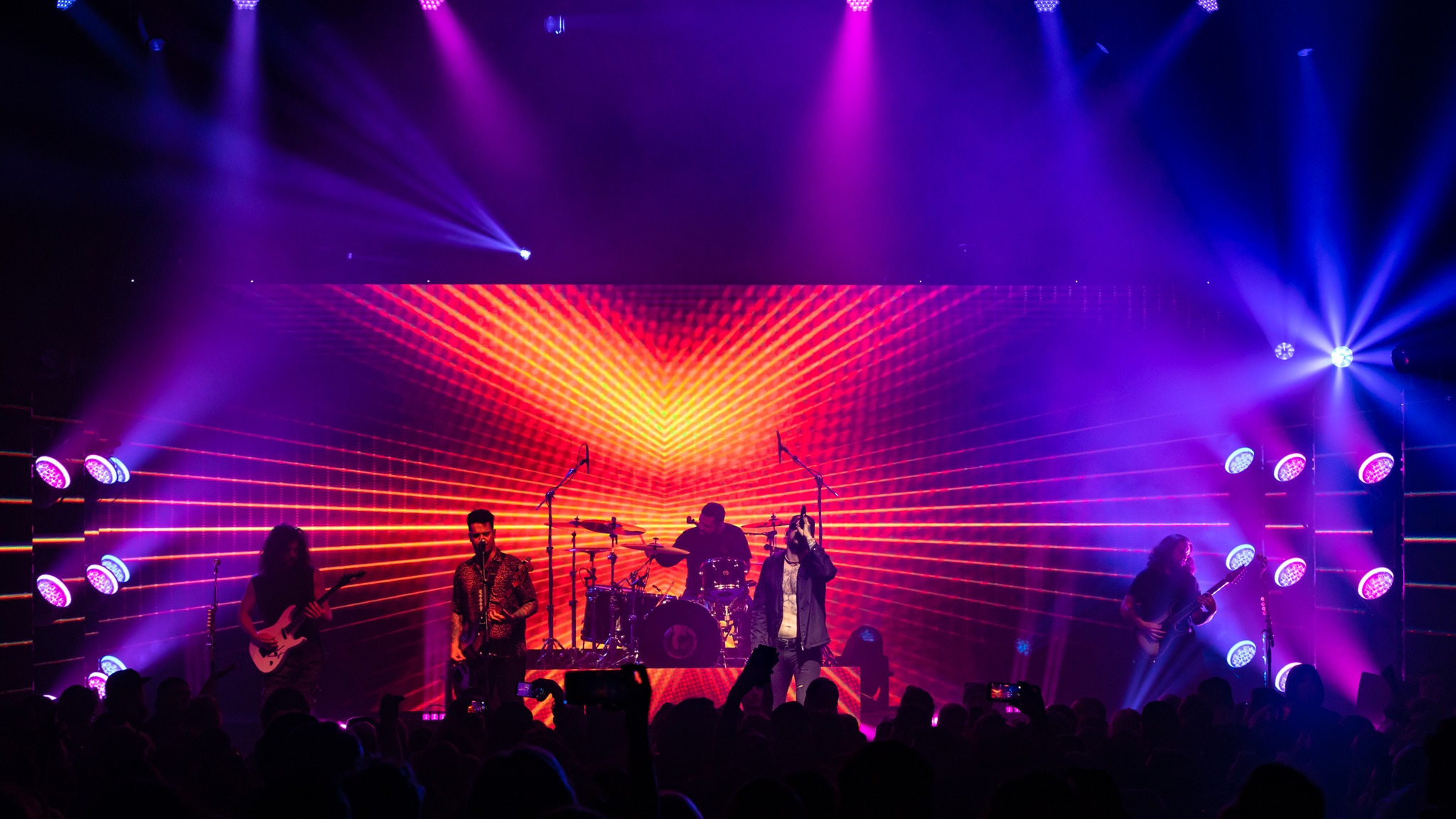
Photo: Sarah Hess
If you had to sum it up in a few words, what was the biggest lesson you learned from doing this?
Ben: “With enough grit, dreams can come true. But seriously — video elements are now a very common and large part of the overall visual design. Also, these elements were directly asked for by the artist. Lighting designers in the club and theater level need to be competent at incorporating these elements into their designs. Not just on the design level, but also specifically on the signal flow/tech level.”
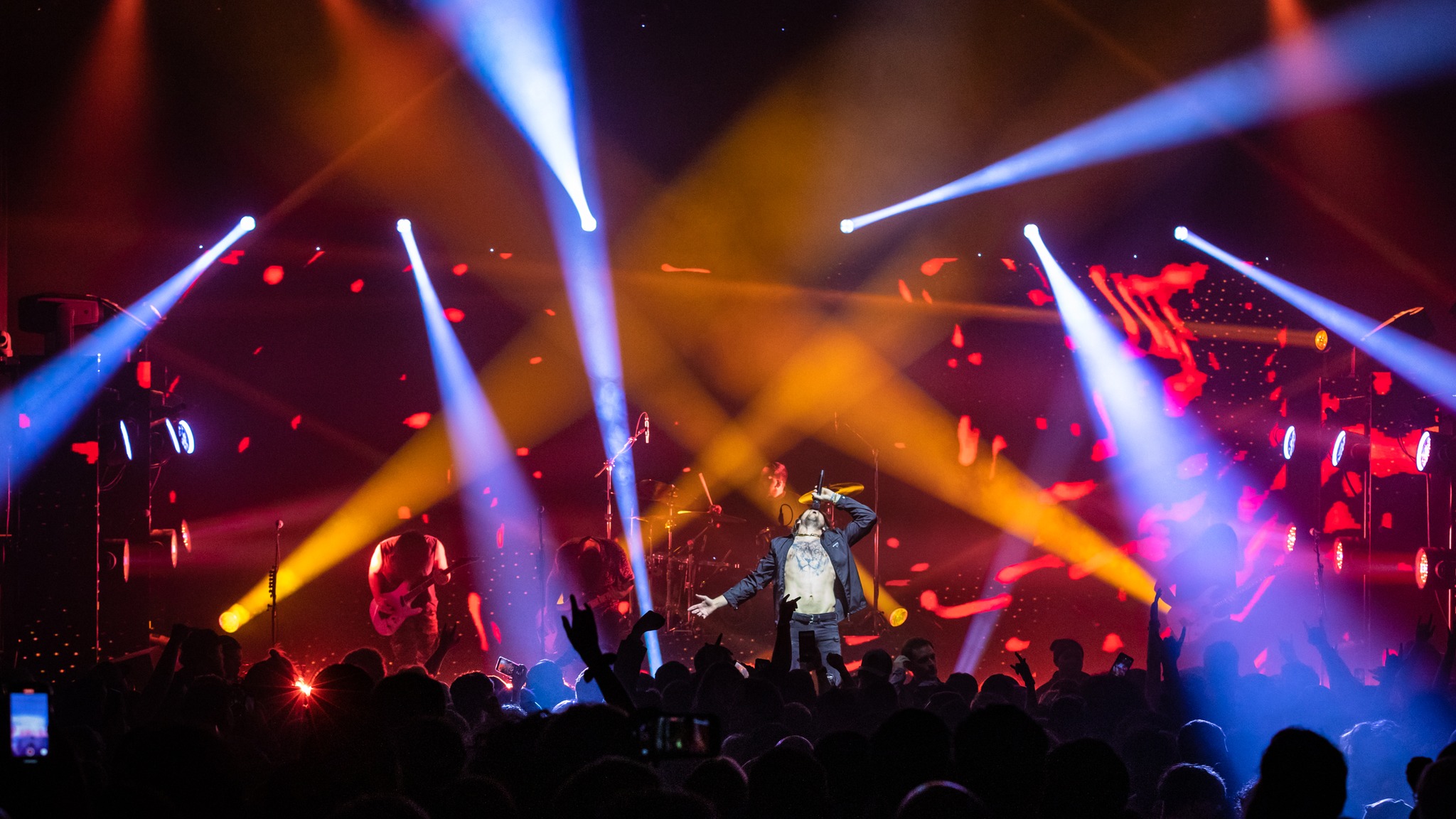
Photo: Sarah Hess